
Broken Holes:
Multi-pieces broken wires at same site to form a hole in the surface
What is your standard of wire checking?
We check the wire according to the national standard (GB5330-85) and our enterprise regulation about raw material defects and relative solution.
What is your standard of checking finished products?
We check quality of end products according to China National Standard GB/T17492-1998, equivalent ISO9044:1990, and our own standard.
What is the major checking items of stainless steel wire mesh?
First, we check the basic data: wire diameter, mesh counts, roll width and roll length.
Secondly, the surface condition: opening, color, flat or not and defects.
Thirdly, the edge of wire mesh should be neat and without defects.
What is your checking standard of reed?
The steel reed should be flat and clean, with correct wire going, the inside height, inside length and thickness should be correct.
What is the stainless steel material your company usually uses?
We mainly use SS304(0Cr18Ni9) SS304L(00Cr9Ni10) SA316(0Cr17Ni12Mo2) SS316L(00Cr17Ni14Mo2), also SS410, SS4101 and SS430 sometimes.
What is the general packing requirement?
Stainless steel woven wire mesh is rolled around paper tube first, moisture-proof paper outside or plastic fabrics. Customized packing available.
What are the common wire mesh defects?
Folding Marks:
The stripe marks on wire mesh surface that cannot be erased.

Broken Holes:
Multi-pieces broken wires at same site to form a hole in the surface
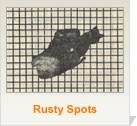
Rusty Spots:
Colored changed by corrosion. Color spots in the surface

Broken Wire:
Broken of single wire.

Wire Back:
The wire coiled, tied or twisted into the mesh forms a protruding above surface. Weft wire tied up called dead coiling. These will mostly cause the opening exceeding maximum opening range, or the wire mesh surface protruding.
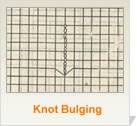
Knot Bulging:
Warp wire not well knotted causes bulging out of the surface.

Weft Twisting:
Weft wire twists.
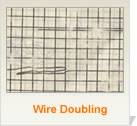
Wire Doubling:
Two pieces of wire or more get into one. Where there should be only one weft or warp wire, inserted two or more wires.
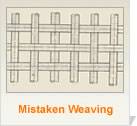
Mistaken Weaving:
Some weft wire or warp wire are woven together in error. Easily happen for diamond wire mesh.

Loosening of Wire:
Twisting or moving of single or some pieces of warp wire or weft wire.
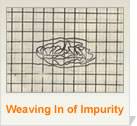
Weaving In of Impurity:
Non-woven materials woven in the fabric cause deformed opening or blocking to affect the neatness of surface. The soft stuff that cannot be moved, also not protruding, may remain as defects; the hard and protruding stuff must be picked out, otherwise it may damage the neighboring wire mesh.